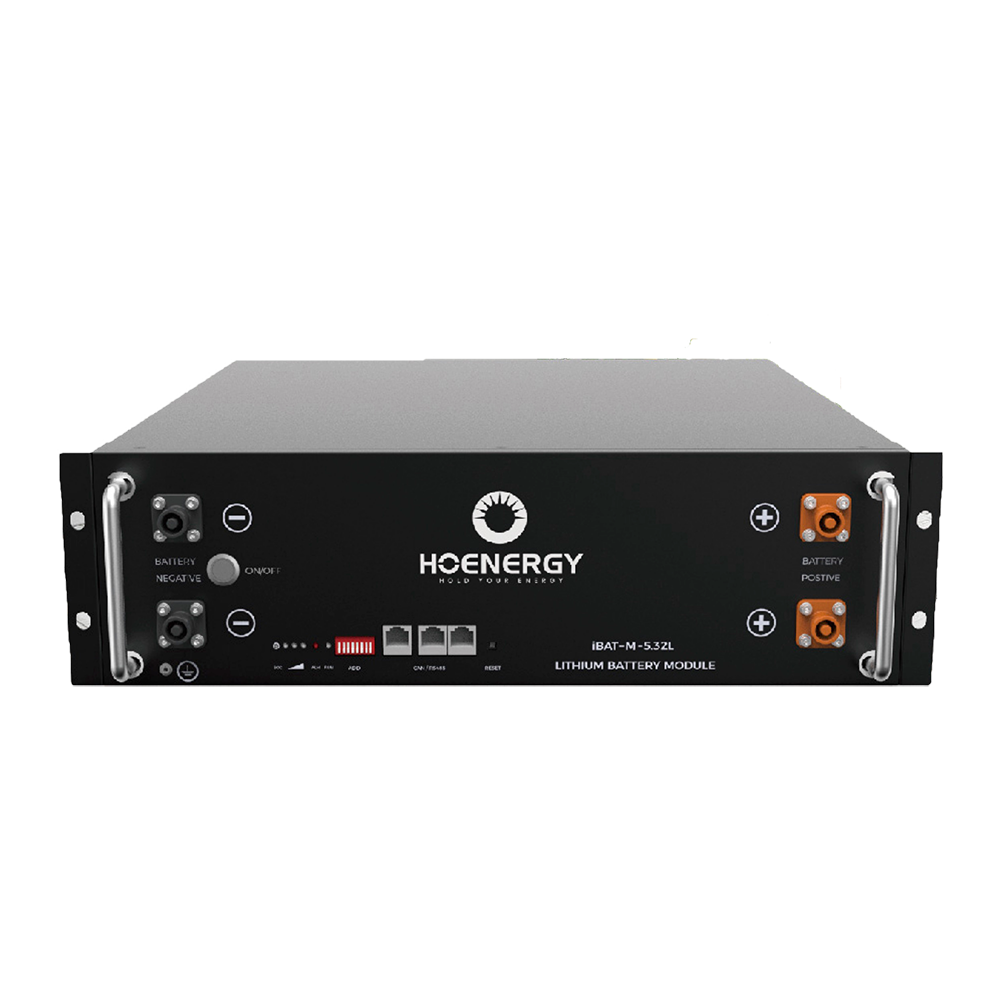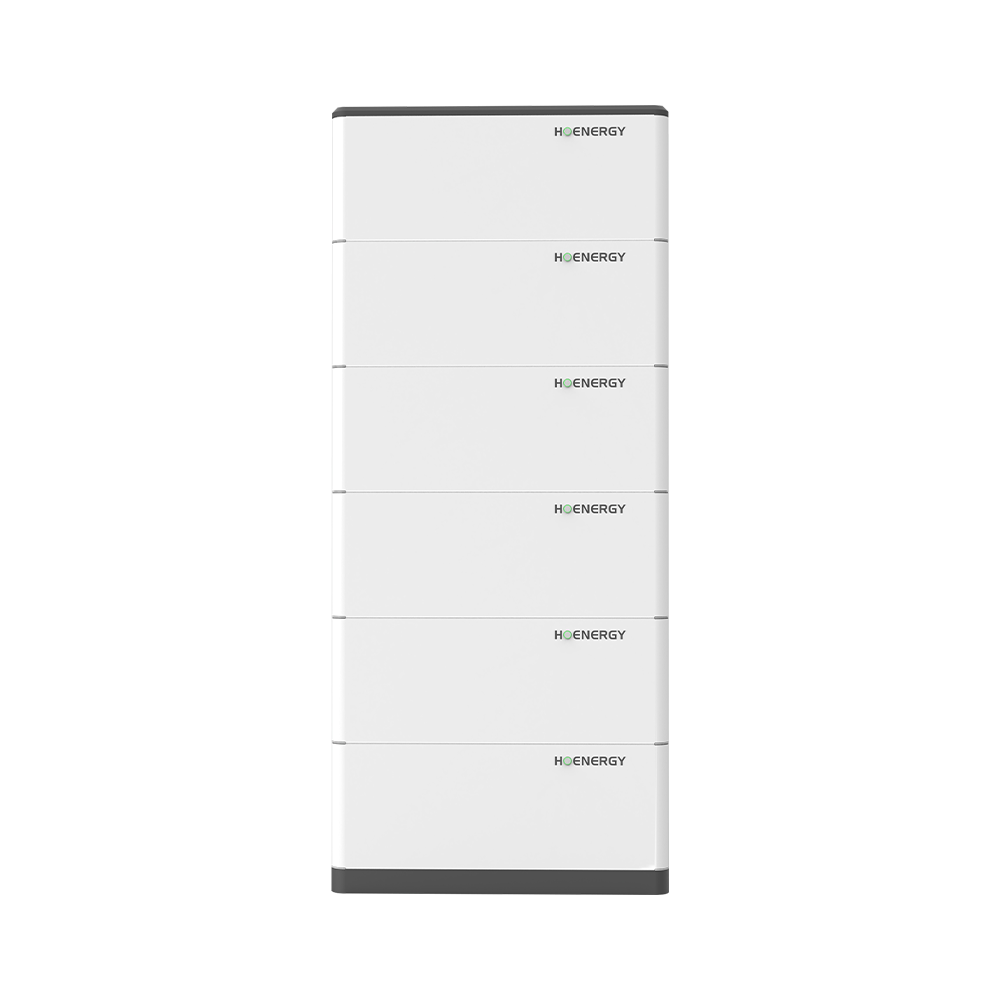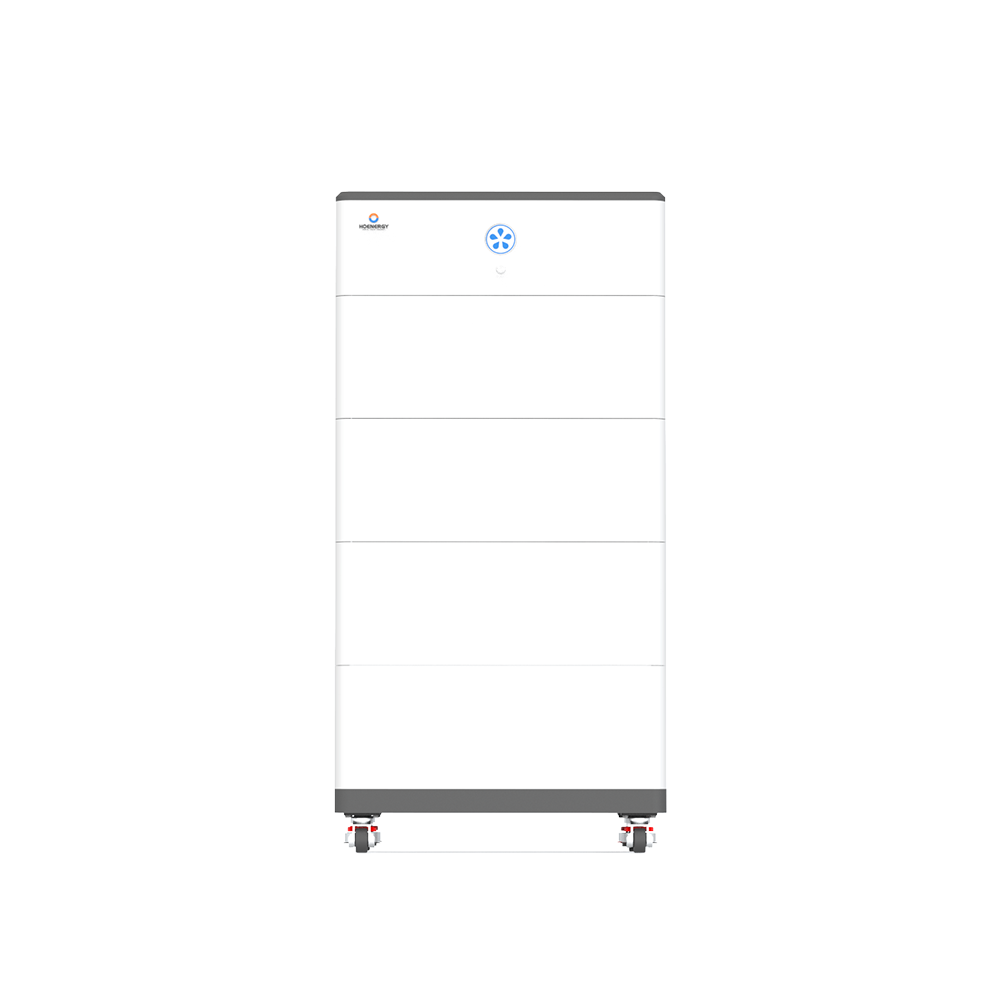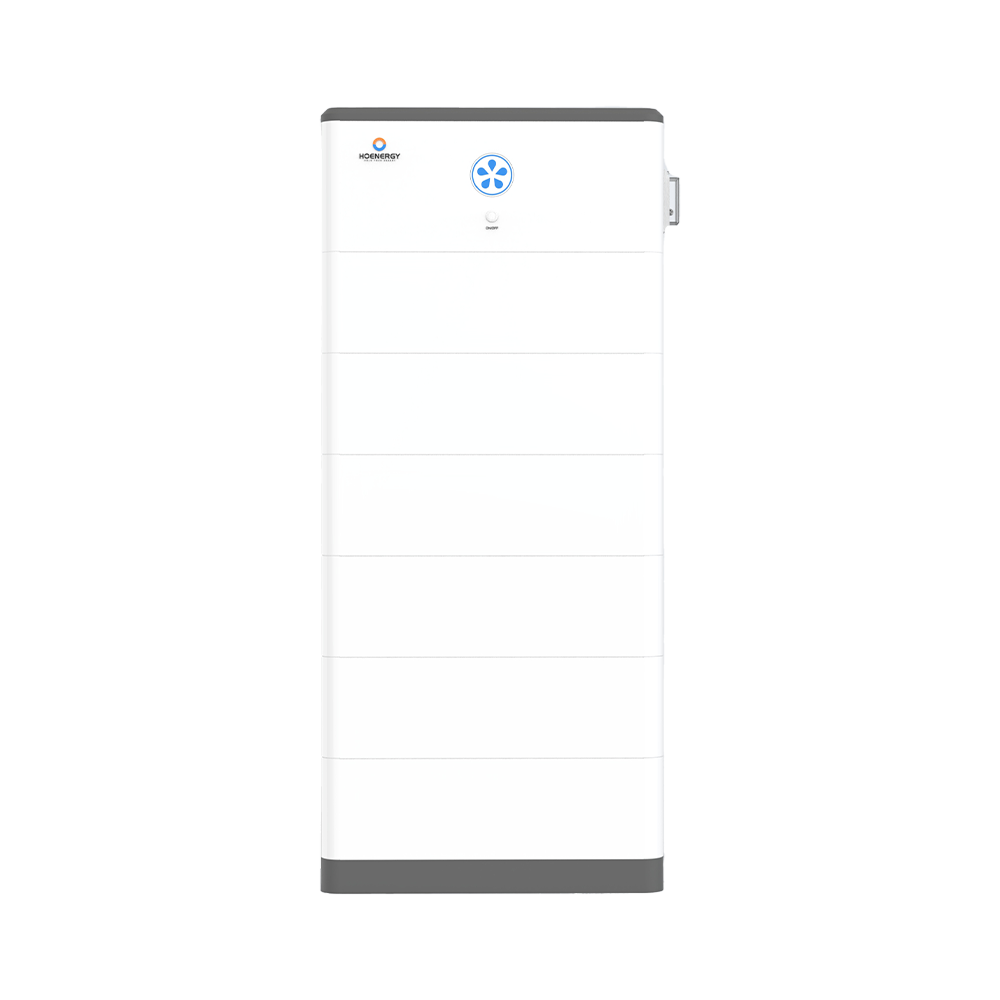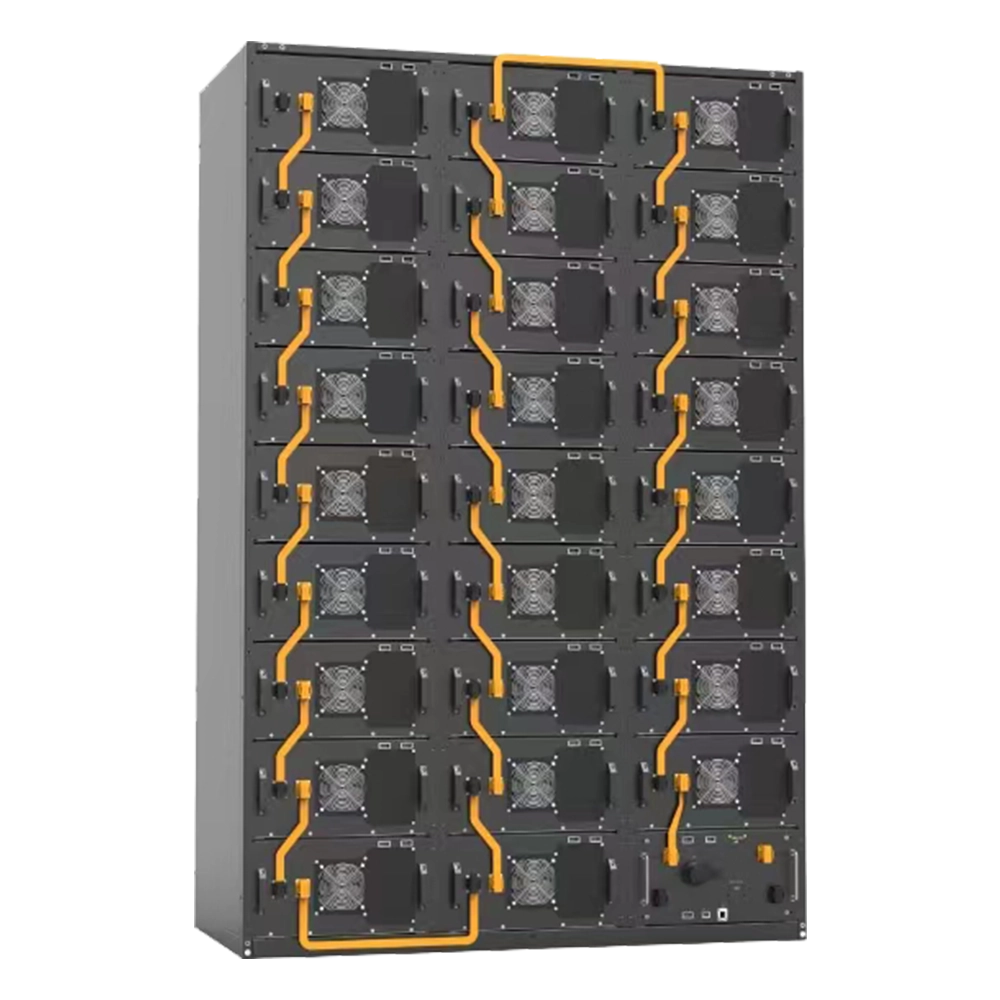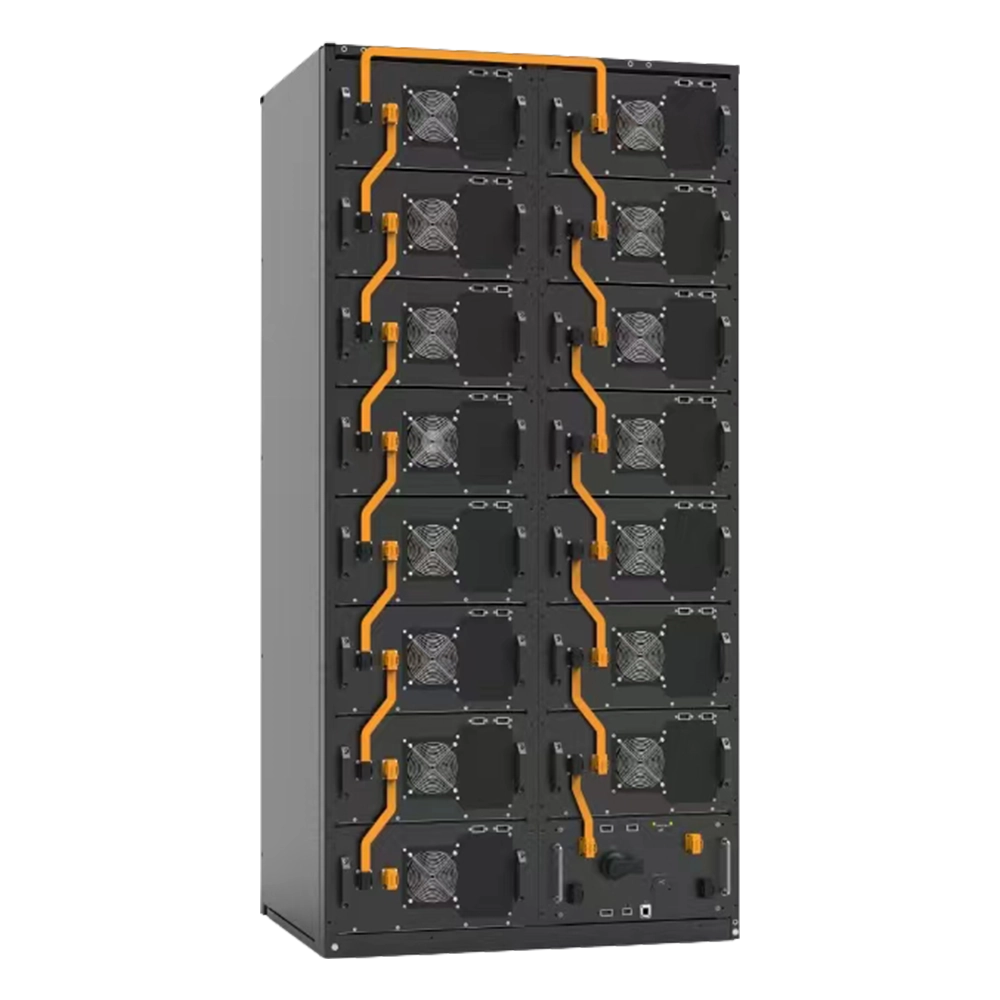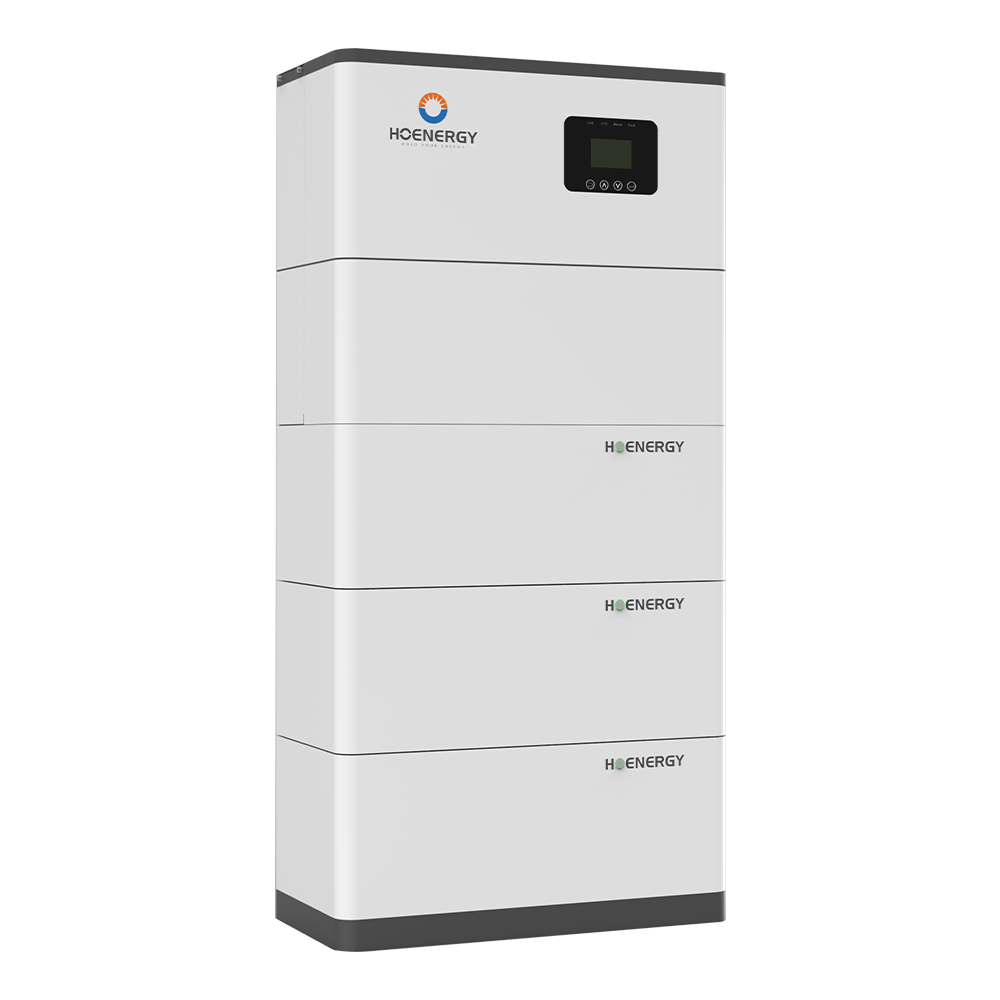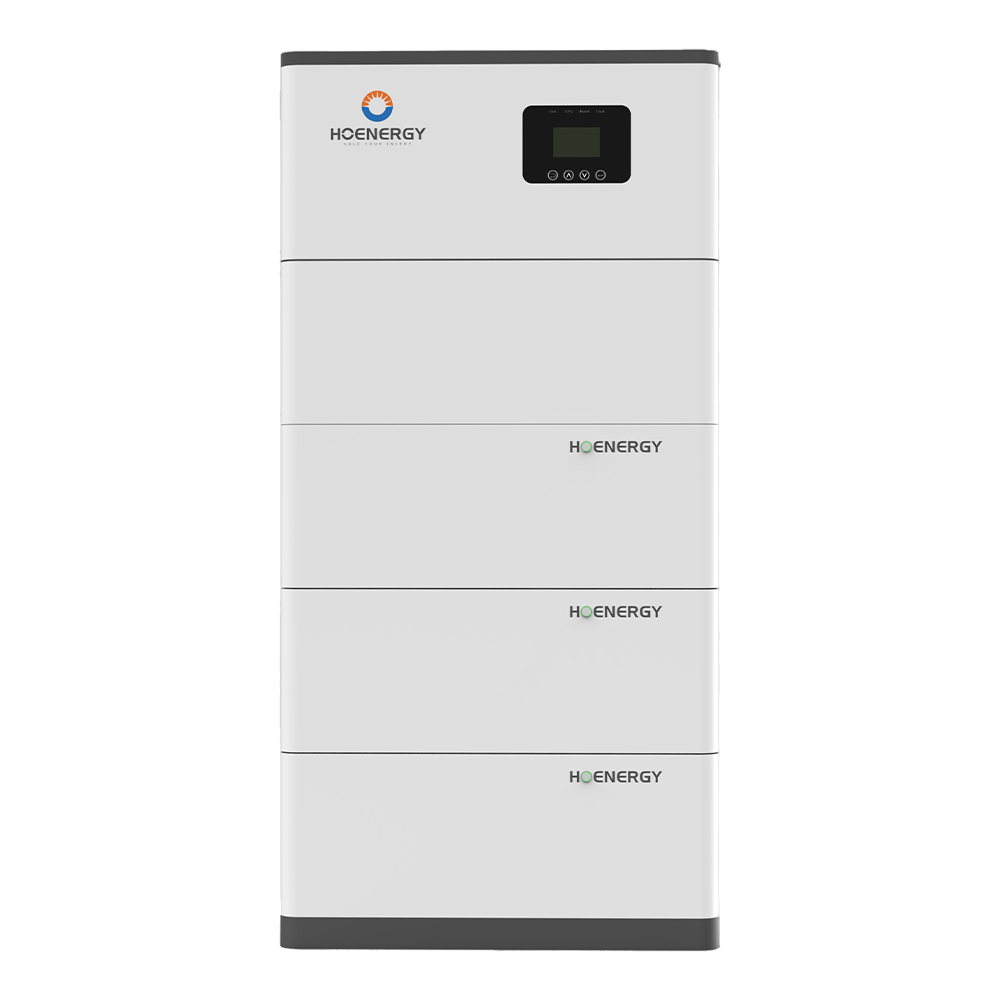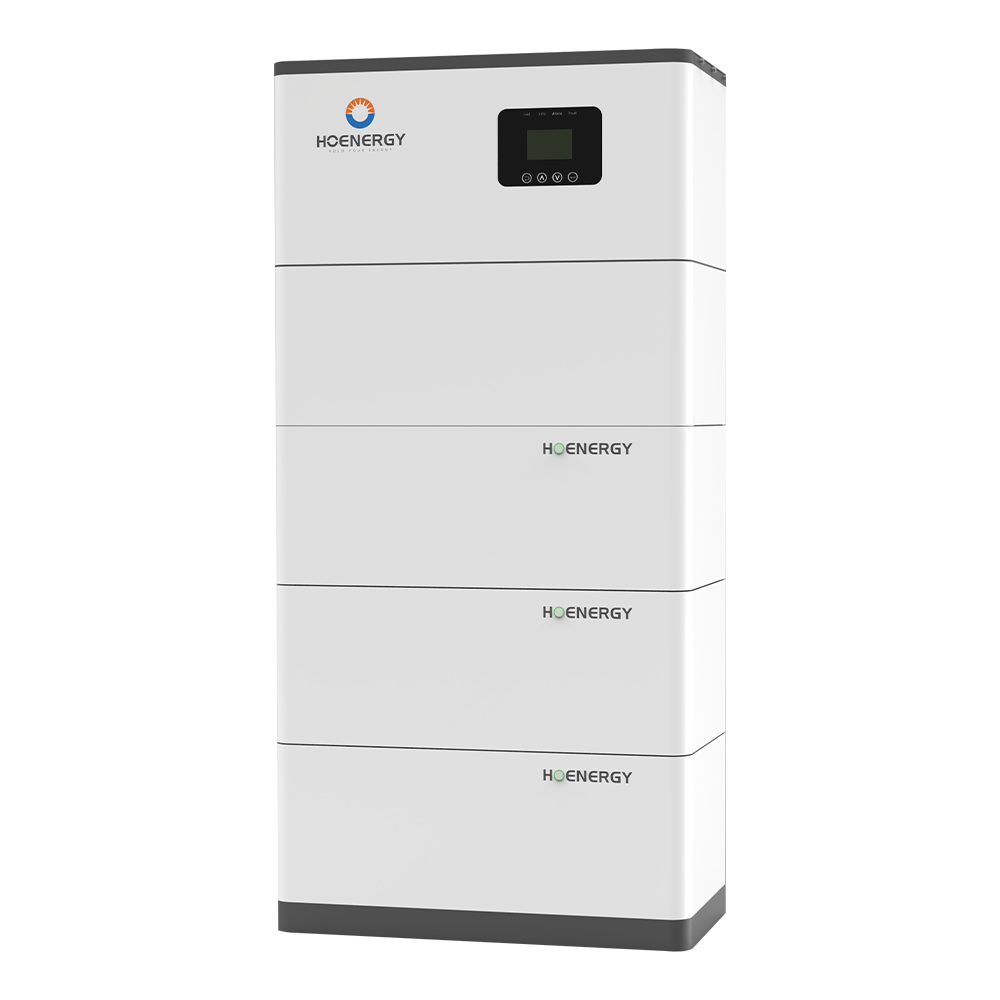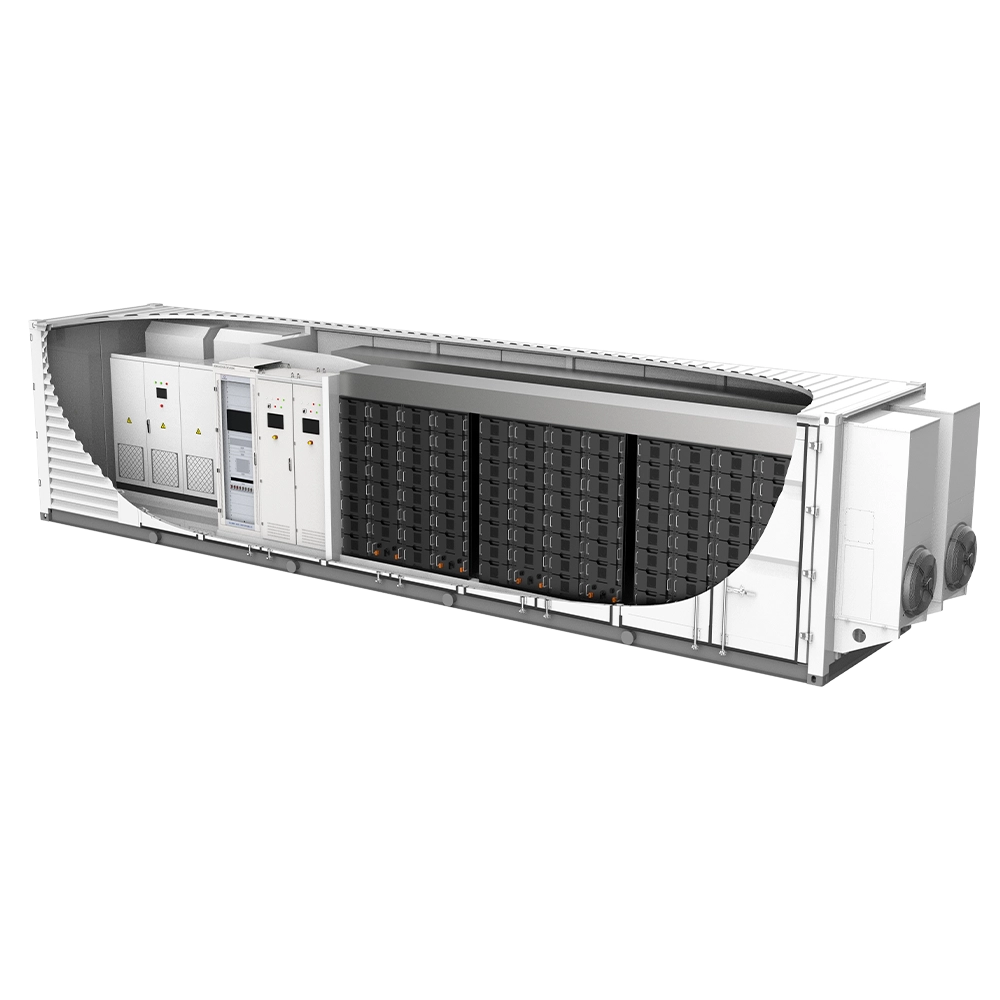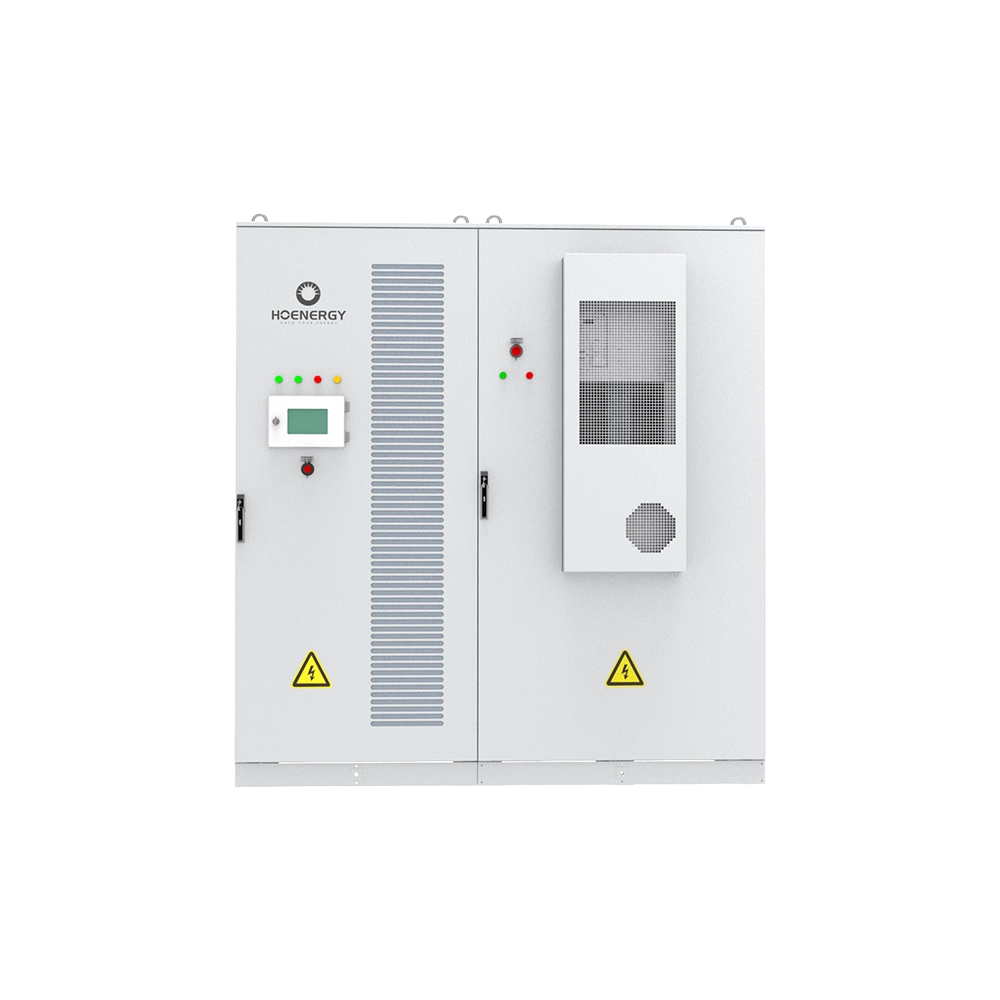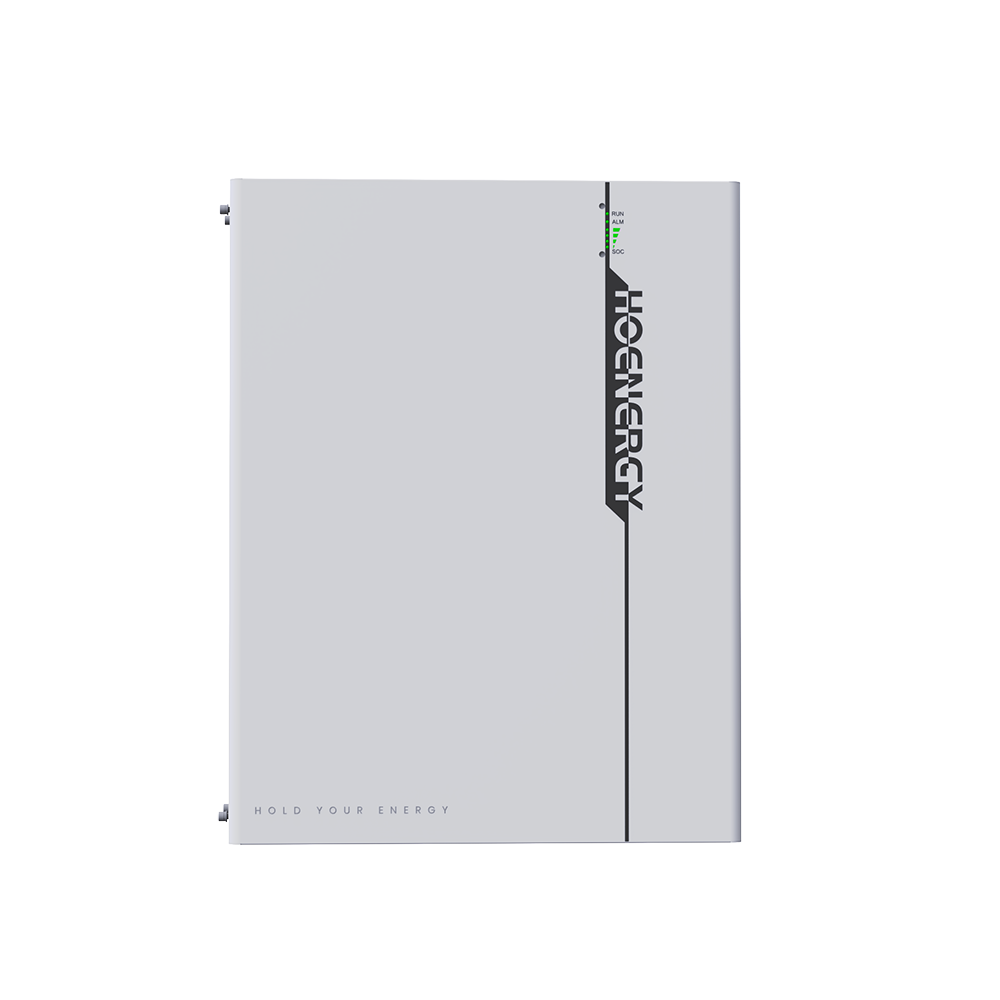
Vision
Digital energy storage solution provider with global influence
Mission
Use product power to continuously create value for customers
Value
Frank & Positive & Persist
in & Win-win
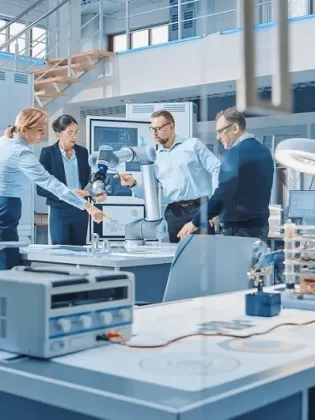
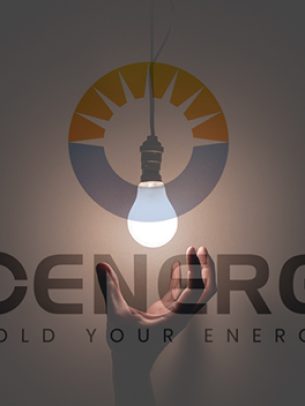
Years Of Experiences In Company
- About Us
Creating a Smart Energy Storage Solution Provider
Hoenergy adheres to digital energy storage technology as its core and is one of the few domestic companies with a full-stack self-developed 3S system.
Hoenergy has created a full range of energy storage products including industrial and commercial energy storage, household energy storage and smart energy storage cloud platforms. It has now formed a business model that integrates product research and development, manufacturing, system integration and domestic and overseas sales.
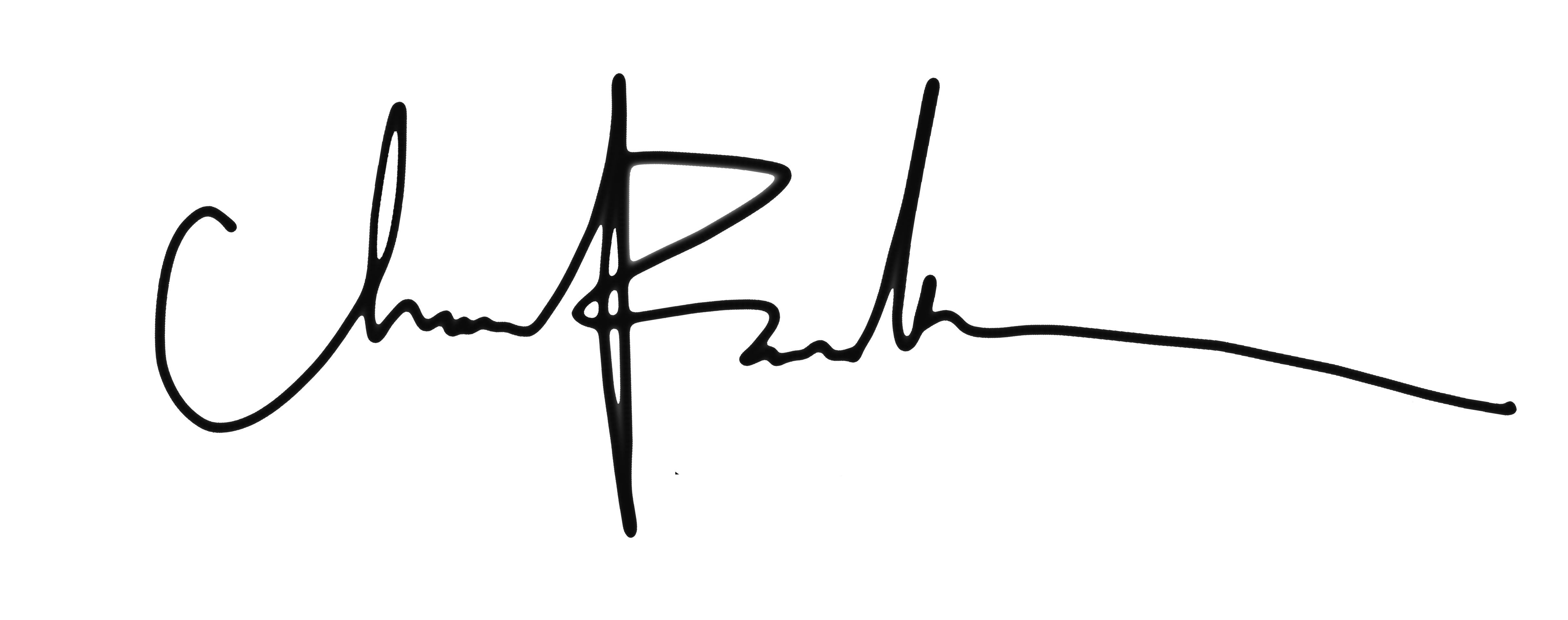
Anhua Feng, CEO
Our Collaborated Partner
Excepteur sint occaecat cupidatat non proident, sunt in culpa qui officia deserunt mollit anim id est laborum.




- time to change
We Take Action. To Make Better Changes
Hoenergy not only offers multifarious storage products like batteries, hybrid inverters, ESS, BMS, EMS, battery system, PCS and utility ESS, but also supports all system solutions for residential, commercial & industrial, utility etc.
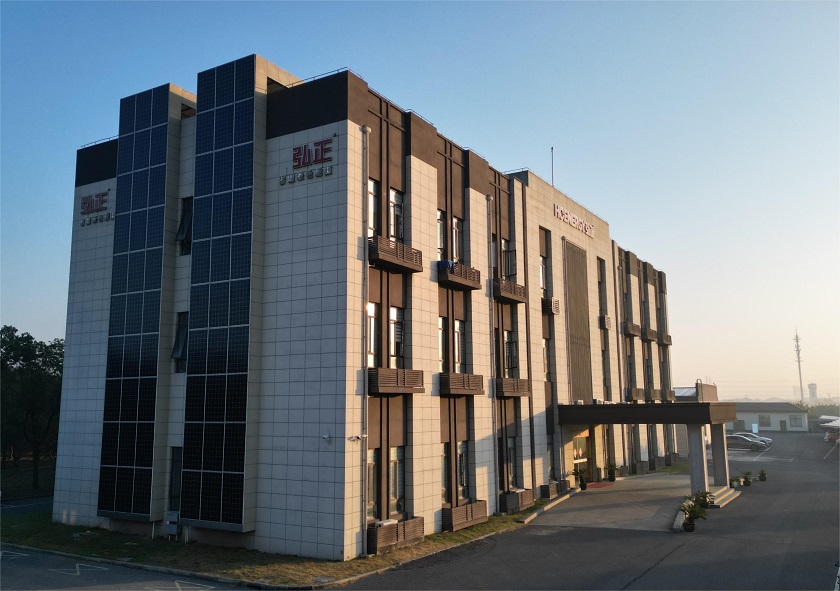
- Vision & Mission
Love Nature, Save Nature, And Stay Close To Nature
Using green energy to reduce carbon emissions is the responsibility of each of us. Hoenergy focuses on clean energy and solar storage, devotes to speed up green action and realize sustainable development.
- Our Blogs Offers
Recent posts and updates
Lorem ipsum dolor sit amet, consectetur adipiscing elit, sed do eiusmod tempor incididunt ut labore.
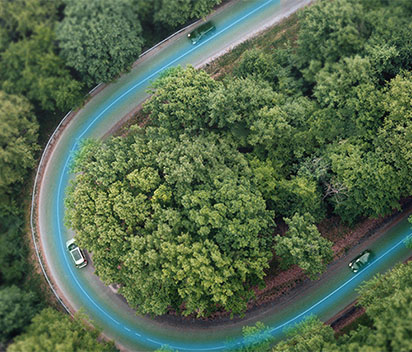
Does anybody want an off grid living
Sure we do, but is there anybody could give me a simple introduction of it? Off Grid is a term used to describe a site where there is no utility
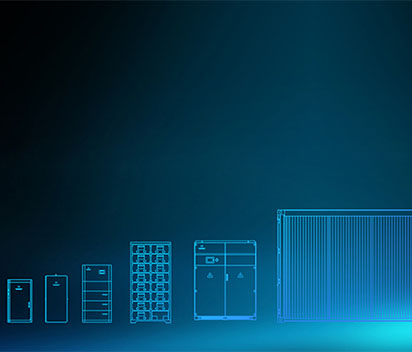
The world’s largest single-capacity, building-integrated PV project.
Recent news : 120 MW solar installation spread across 11 rooftops in

Does anybody want an off grid living
Sure we do, but is there anybody could give me a simple
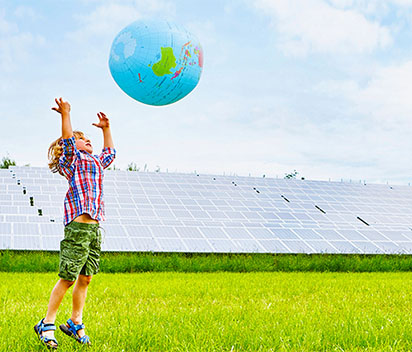
To buy solar battery storage for home, what do you need to know
When you decide whether a battery makes sense for your home, remember
- Help Us Now
Heaven Is Right Here Hence Let Us Save It Today
Excepteur sint occaecat cupidatat non proident, sunt in culpa qui officia deserunt mollit anim id est laborum.

